J-50 Stealth Fighter: China's New Generation Strategic Weapon
China's J-50 stealth aircraft with its groundbreaking lambda wing design is attracting the attention of global military experts.
J-50 stealth aircraft revealed with detailed images
The latest images of the J-50 stealth aircraft that appeared on Chinese social media have revealed many important details about this 6th generation fighter. Developed by Shenyang Aircraft Corporation (SAC), the J-50 stealth aircraft is also known as the J-XDS.
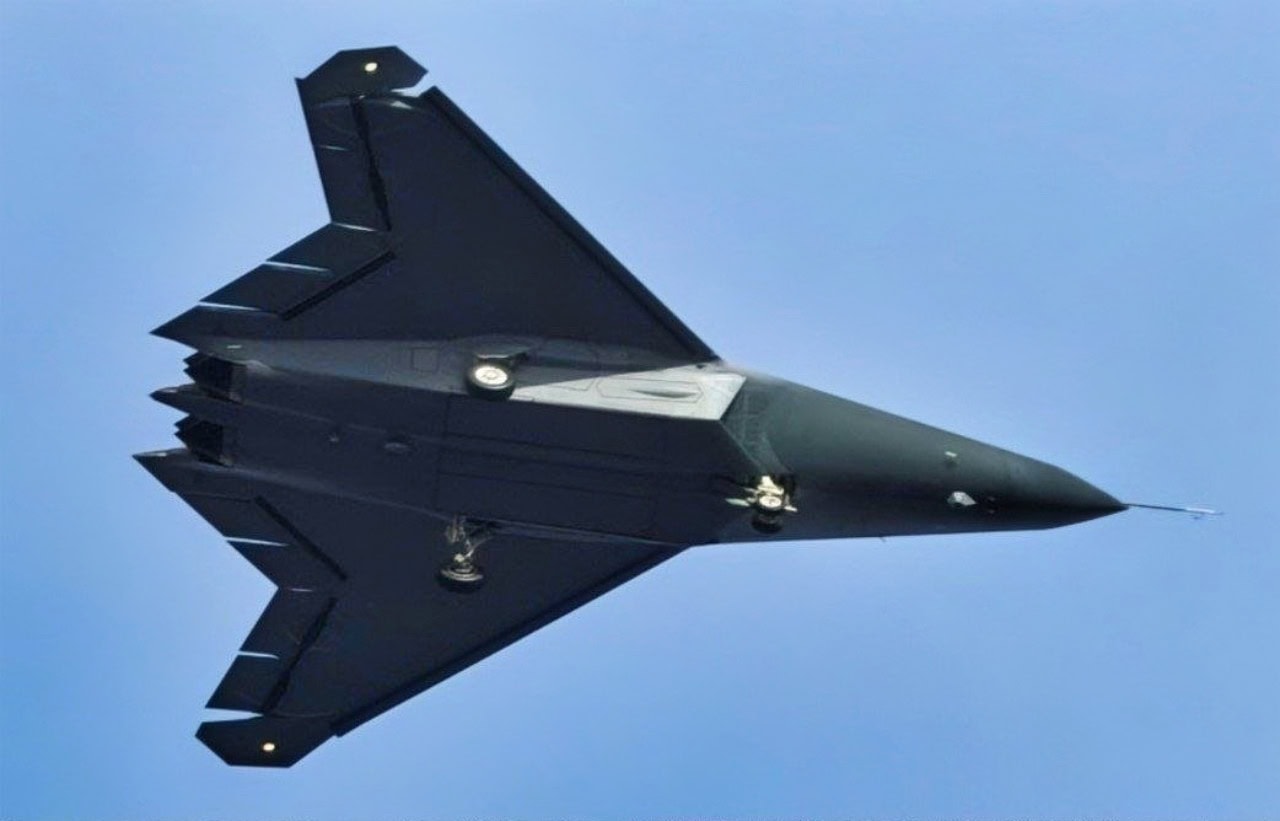
The photos show multiple views of the J-50 stealth aircraft, including the front, sides, underbelly, and rear exhaust. The J-50 stealth aircraft's fuselage has a distinctive sawtooth design, with rectangular air intakes placed under the wings and exhaust structures arranged at the rear angle.
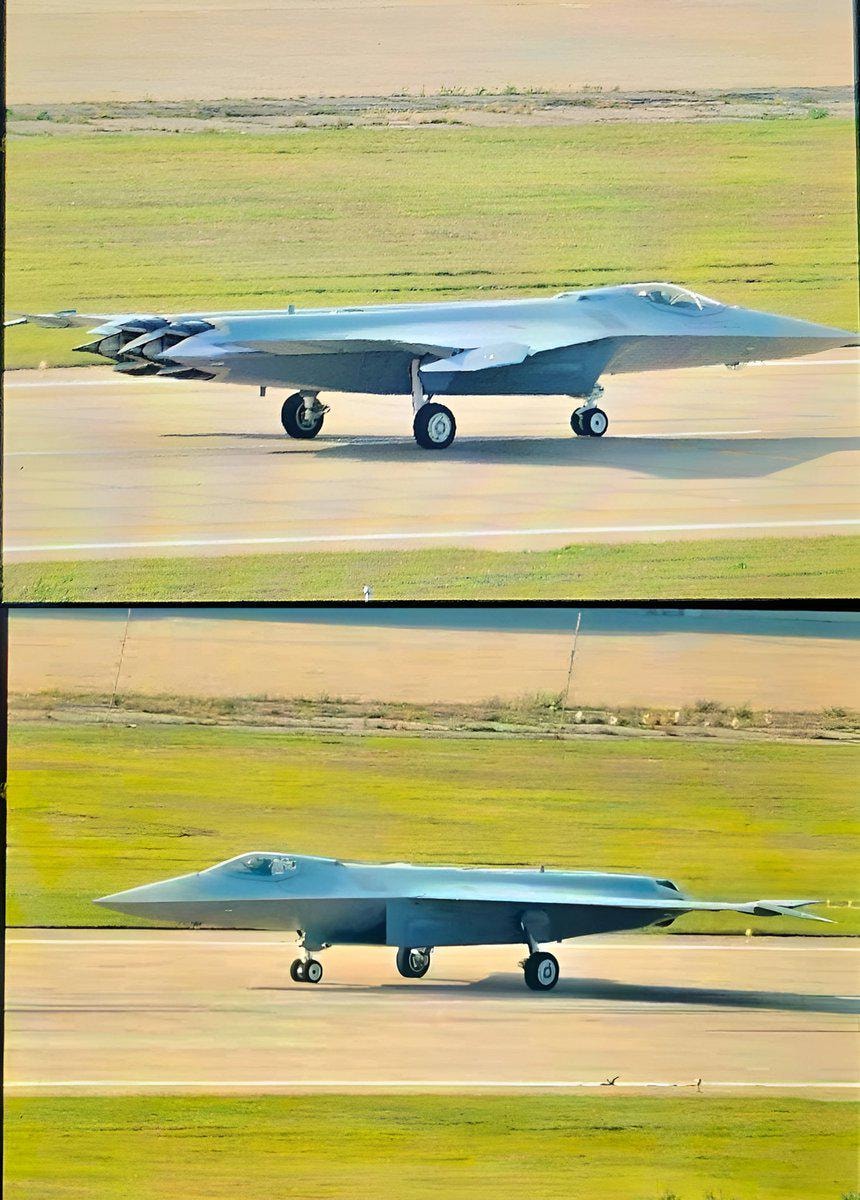
Lambda wing technology helps J-50 stealth aircraft excel
The J-50 stealth aircraft uses an advanced lambda wing configuration, similar to the US B-2 stealth bomber. The lambda wing design of the J-50 stealth aircraft combines swept leading and trailing edges with forward and backward-facing structures, creating a unique shape.
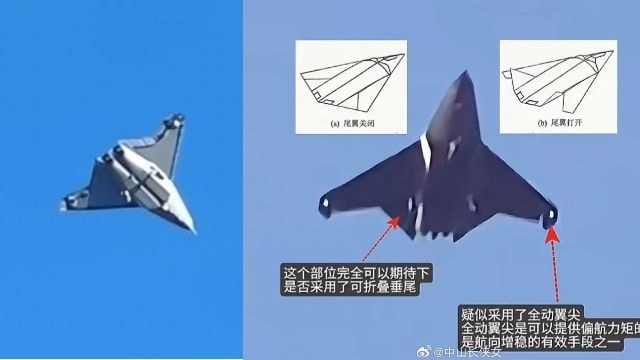
According to research published in Science Direct magazine in 2013, lambda wings offer many advantages over traditional trapezoidal delta wings. The J-50 stealth aircraft with lambda wing design has a better aspect ratio, which helps increase aerodynamic efficiency and achieve a higher lift/drag ratio in flight.
The inner wing of the J-50 stealth aircraft is sharply tapered, while the outer wing is slightly tapered or not tapered. This structure helps the J-50 stealth aircraft achieve optimal aerodynamic performance, high stability at high speeds, and minimize radar cross section to enhance stealth capabilities.
The J-50 stealth aircraft has a design without a vertical structure.
The special feature of the J-50 stealth aircraft is its completely horizontal configuration without protruding structures such as tails or vertical fins. This design gives the J-50 stealth aircraft superior stealth capabilities compared to previous generation fighter aircraft.
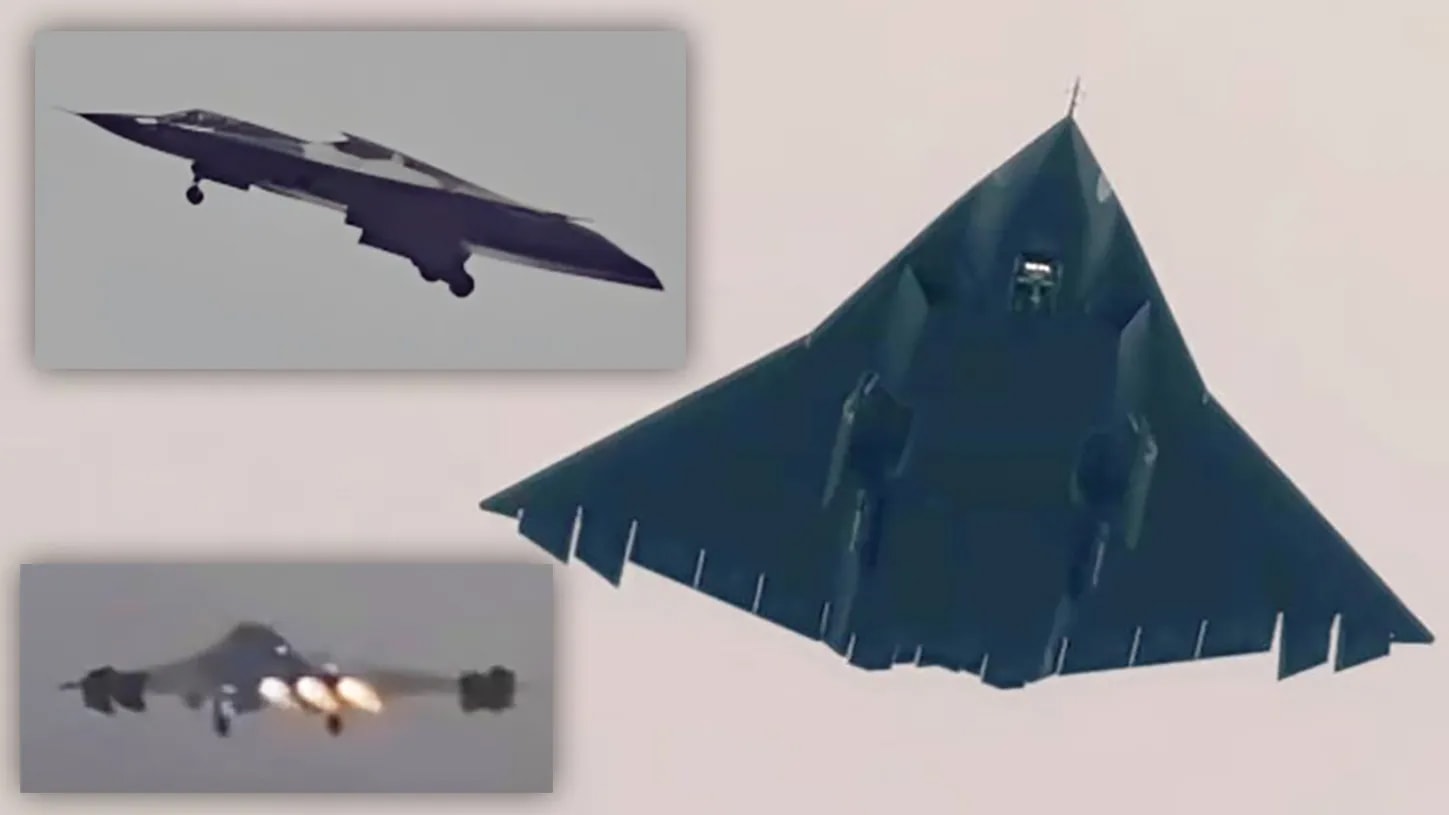
Without any protruding structures, the J-50 stealth aircraft is almost impossible for ground-based air defense radars to detect due to the lack of surfaces to reflect electromagnetic waves. The J-50 stealth aircraft represents a technological leap forward that allows the fighter to achieve maximum maneuverability without any vertical structures.
With a completely horizontal fuselage, the J-50 stealth aircraft can achieve unprecedented flexibility and maneuverability. This design combines the stealth efficiency of a bomber with the speed and agility of a fighter.
Radar and sensor systems
The combat capability of the J-50 stealth aircraft depends not only on its external design but also on its radar and sensor systems. The radar image fidelity, range, targeting accuracy and sensor systems of the J-50 stealth aircraft are factors that are difficult to assess from the outside.
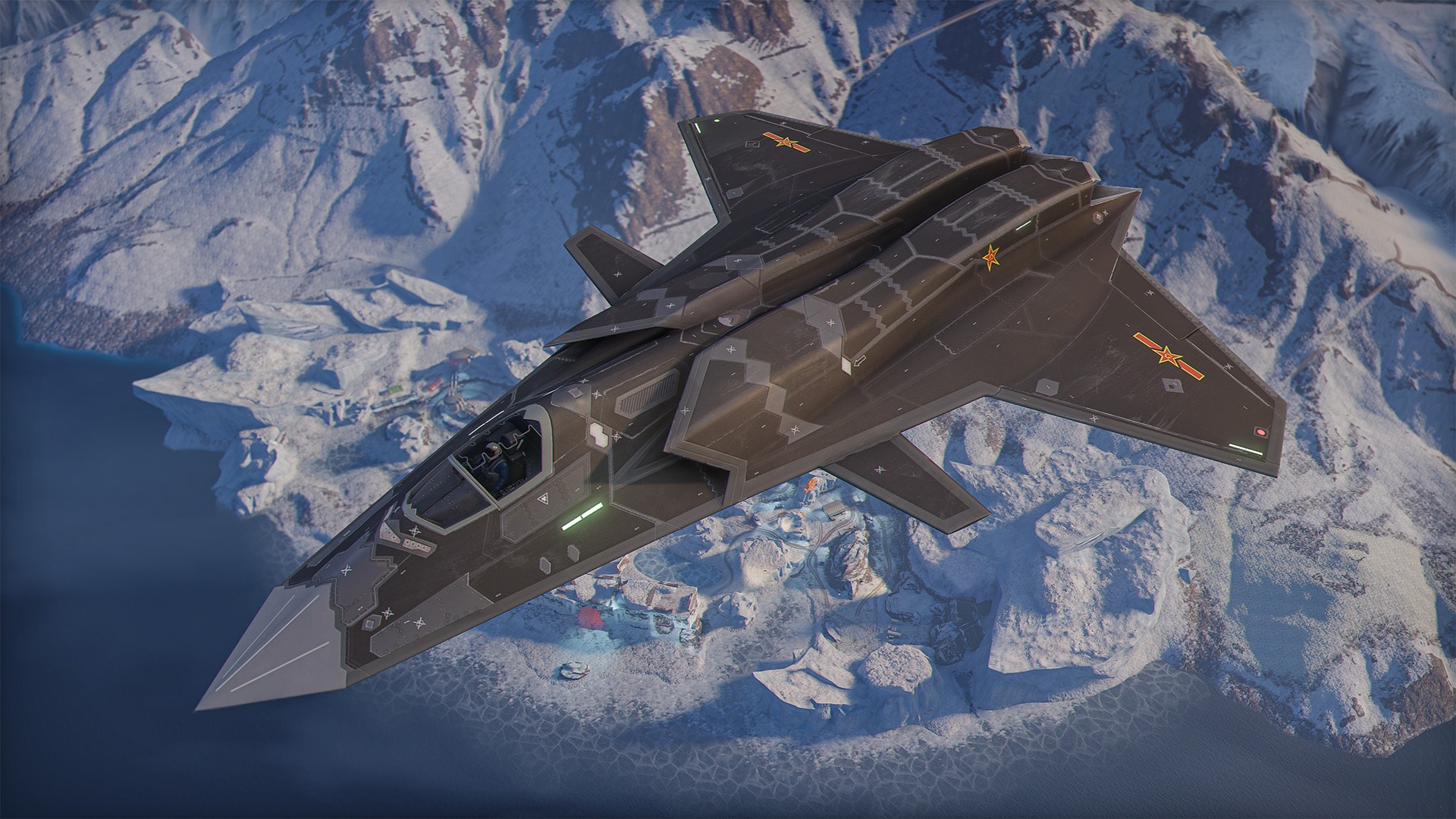
The nose radome of the J-50 stealth aircraft is relatively small and pointed, which enhances stealth capabilities. However, this design may limit the space for installing transmitter/receiver modules for long-range radar. The J-50 stealth aircraft may be designed for close-range air-to-air combat missions or missions requiring high speed and maneuverability.
The J-50 stealth aircraft's mission, fire control and sensor systems are integrated with artificial intelligence to enhance its high-speed targeting capabilities. The sensor-gunner pairing technology on the J-50 stealth aircraft can create a decisive advantage in combat.
J-50 stealth aircraft has unmanned combat capabilities
The J-50 stealth aircraft can operate in unmanned mode, opening up many new combat possibilities. In this mode, the J-50 stealth aircraft does not need a large long-range radar to achieve its combat objectives.
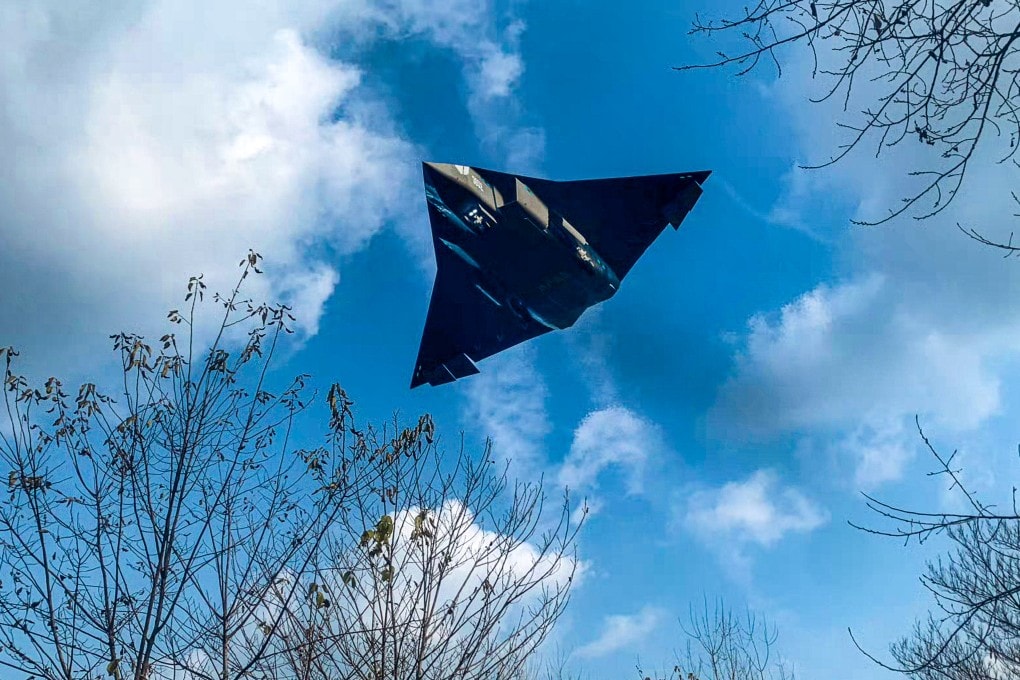
The J-50 stealth aircraft is capable of networking with other unmanned systems to carry out missions. When operating in a network, the J-50 stealth aircraft can probe enemy air defenses, conduct wide-area surveillance and reconnaissance, or launch attacks at the command of a remote-controlled pilot.
With advanced long-range sensing and targeting technology, the J-50 stealth aircraft can engage in combat without the need for traditional close-in air combat tactics. This ability allows the J-50 stealth aircraft to take full advantage of its long-range detection and attack range.
Comparison with the US F-22 and F-47
The J-50 stealth aircraft is designed to compete with the US F-22 Raptor in terms of speed and performance. With a completely horizontal configuration, the J-50 stealth aircraft can outperform the F-22 in stealth capabilities thanks to the lack of vertical structures that are easy to detect by radar.
However, the J-50 stealth aircraft also has similarities with the US's 6th generation fighters such as the F-47 and F/A-XX. These models all use a design without a vertical structure to optimize stealth and maneuverability.
The appearance of the J-50 stealth aircraft shows that China is trying to narrow the technology gap with the US in the field of military aviation.
